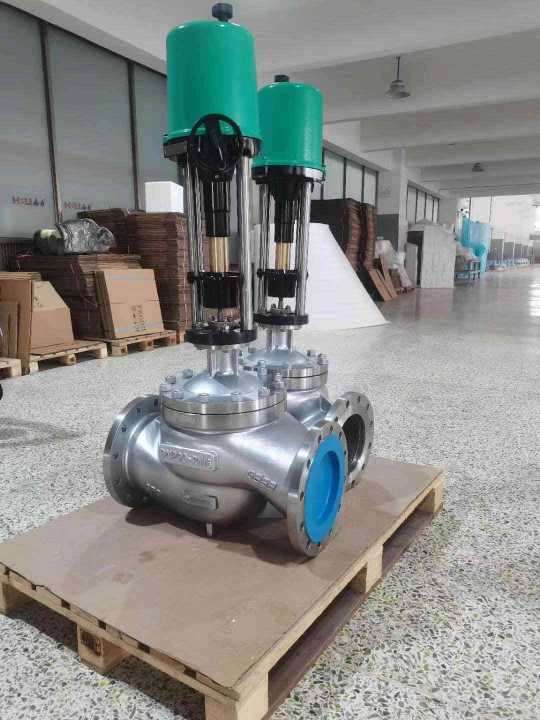In today’s rapidly advancing industrial landscape, precise control over fluid and gas flow is essential for ensuring optimal operation and efficiency. The Electric Single Seat Regulating Valve has emerged as a critical component in a variety of applications, ranging from HVAC systems to chemical processing plants. As industries seek greater automation and precision in their systems, electric actuators combined with single seat regulating valves offer unparalleled performance. The demand for these advanced solutions has led to the rise of specialized electric single seat regulating valve manufacturers.

What is an Electric Single Seat Regulating Valve? An Electric Single Seat Regulating Valve is a type of valve that is designed to regulate the flow of liquids or gases within a system, based on electrical input signals. Unlike traditional manual valves, these electric valves use an electric actuator to adjust the valve’s position in real-time, allowing for automated flow control. The “single seat” design refers to the valve’s construction, where a single sealing surface ensures tight shutoff, making it ideal for precision control applications. The valve typically consists of a valve body, a seat, and an actuator. The actuator is powered by electricity and is responsible for adjusting the valve’s opening and closing mechanism. By converting electrical energy into mechanical movement, the actuator ensures that the valve responds quickly to control signals, maintaining precise flow rates as required by the system.
Leave a Reply